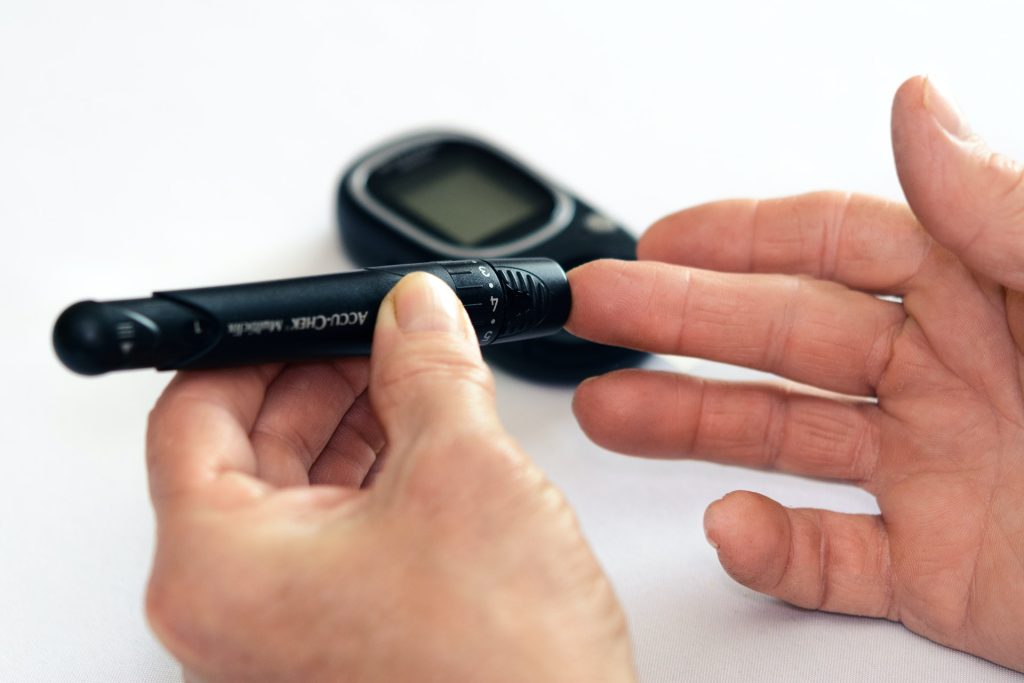Tiny Implant Shelters Diabetes-curing Cells

A team of researchers have developed a miniscule device that allows them to implant insulin-secreting cells into diabetic mice, which secrete insulin in response to blood sugar without being destroyed by the immune system.
The findings are published in the journal Science Translational Medicine.
“We can take a person’s skin or fat cells, make them into stem cells and then grow those stem cells into insulin-secreting cells,” said co-senior investigator Jeffrey R Millman, PhD, an associate professor of medicine at Washington University. “The problem is that in people with Type 1 diabetes, the immune system attacks those insulin-secreting cells and destroys them. To deliver those cells as a therapy, we need devices to house cells that secrete insulin in response to blood sugar, while also protecting those cells from the immune response.”
Prof Millman, also an associate professor of biomedical engineering, had previously developed and honed a method to make stem cells and then grow them into insulin-secreting beta cells. Prof Millman previously used those beta cells to reverse diabetes in mice, but it was not clear how the insulin-secreting cells might safely be implanted into people with diabetes.
Prof Millman explained why the new device’s structure was so important.
“The device, which is about the width of a few strands of hair, is micro-porous—with openings too small for other cells to squeeze into—so the insulin-secreting cells consequently can’t be destroyed by immune cells, which are larger than the openings,” he said. “One of challenges in this scenario is to protect the cells inside of the implant without starving them. They still need nutrients and oxygen from the blood to stay alive. With this device, we seem to have made something in what you might call a Goldilocks zone, where the cells could feel just right inside the device and remain healthy and functional, releasing insulin in response to blood sugar levels.”
Millman’s laboratory collaborated with researchers from the laboratory of Minglin Ma, PhD, an associate professor of biomedical engineering at Cornell and the study’s other co-senior investigator. Prof Ma has been working to develop biomaterials that can help implant beta cells safely into animals and, eventually, people with Type 1 diabetes.
In recent years a number of implants have been tried to varying degrees of success. For this study, the team led by Prof Ma developed a nanofibre-integrated cell encapsulation (NICE) device. They filled those implants with insulin-secreting beta cells grown from stem cells and then implanted the devices into the abdomens of diabetic mice.
“The combined structural, mechanical and chemical properties of the device we used kept other cells in the mice from completely isolating the implant and, essentially, choking it off and making it ineffective,” Prof Ma explained. “The implants floated freely inside the animals, and when we removed them after about six months, the insulin-secreting cells inside the implants still were functioning. And importantly, it is a very robust and safe device.”
The cells in the implants continued to secrete insulin and control blood sugar in the mice for up to 200 days — even without any immunosuppressive drugs being administered.
“We’d rather not have to suppress someone’s immune system with drugs, because that would make the patient vulnerable to infections,” Prof Millman said. “The device we used in these experiments protected the implanted cells from the mice’s immune systems, and we believe similar devices could work the same way in people with insulin-dependent diabetes.”
Profs Millman and Ma stress that a considerable amount of work is needed before the device can be trialled in a clinical setting.
Source: Washington University School of Medicine in St Louis
Journal information: X. Wang et al., “A nanofibrous encapsulation device for safe delivery of insulin-producing cells to treat type 1 diabetes,” Science Translational Medicine (2021)






